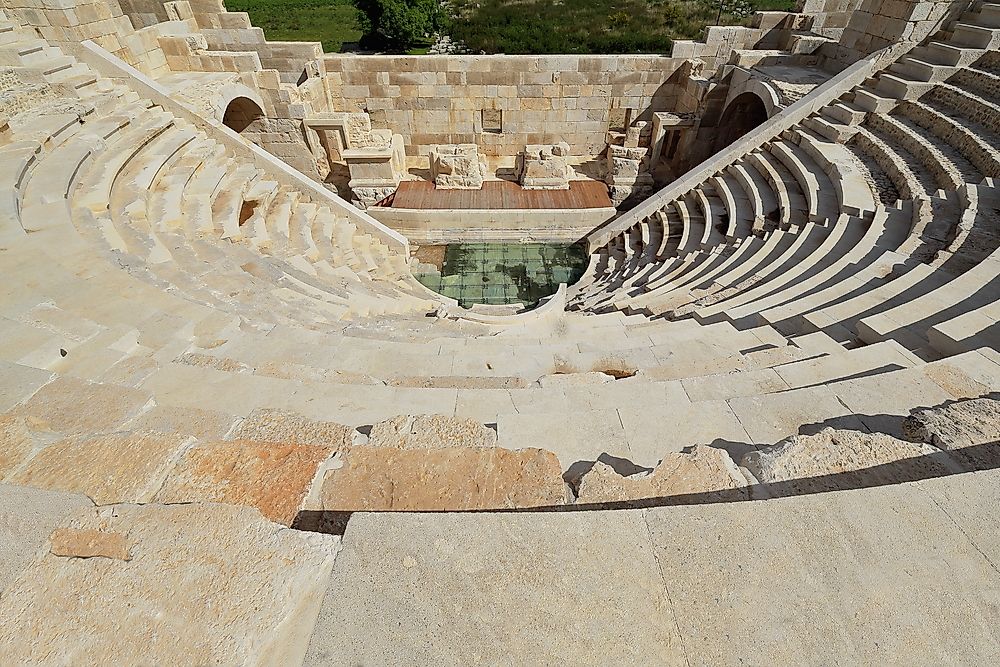What was Achean League?

The Achaean League was a confederation of Greek city states in the Hellenistic-era made up of the northern and central Peloponnese. The League derives its name from the region of Achaea in northwestern Peloponnese. The first Achaean League was created in 5th century BC while the second league was established in 280 BC. The League played a significant role as an ally of Rome and a rival of Antigonid Macedon in the extension of the Roman Republic into Greece. As a result, the process eventually led to the Achaean League's conquest and dissolution by the Romans in 146 BC. The league represented the most successful endeavor to create a federal system by the Greek city states, which balanced the need for collective action and the desire for local autonomy. The structure has had a significant influence on the constitution in the US and other modern federal states.
The History of the Achaean League
The first Achaean league was formed during the 5th century, but after Helike, the ancient capital was destroyed by a tsunami and an earthquake in 373 BC. The league was lapsed sometime during the 4th century. In 280 BC, the league was re-established by the Tritaea, Dyme, Pharae, and Patrae communities with Aegium joining in 275 BC. Aegium governed the famous sanctuary of Zeus Homarios. The Achaean league rapidly grew including the entire heartland acquiring 10 or 11 members after a decade.
The Government of the Achaean League
The Achaean League's government comprised of a general known as strategos, a small council, and an assembly of citizens. The general had control over the League's military forces. Initially, two generals held office at the same time, but from 251 BC there was only one who was elected annually by the assembly. Before 217 BC, the general assumed office in May, but afterwards entered office at the beginning of winter. An individual could hold the office of the general more than once but could not serve consecutively. A board consisting of a navarch (admiral), a secretary, ten demiourgoi, a hipparch (calvary commander), and sub generals commanding in military districts known as hypostrategoi assisted the general in his duties. During certain points in the history of the Achaean League, the office of the leader also known as hegemon, was bestowed upon various Ptolemaic and Antigonid Kings. Apparently, the hegemon exercised complete command on sea and land, but in a real sense, the office seemed to be an honorary position which required the holder to contribute money to the League and support its military ventures. The assembly was also known as synodos held the ultimate power of decision-making. The assembly was held four times each year at Aegium, and all male citizens of the communities who were members of the League were entitled to attend.
Members of the Achaean League
Besides the many city states on the Mainland that joined the Achean Federation, several other city states from the Mediterranean islands also became a part of the federation. Crete and Kydonia joined the federation sometime after 219 BC. The first Achaean League had 12 members, whereas the second Achaean League comprised of many cities, some of which had periods of foreign occupation or separation but later rejoined the federation.
The Successes of the Achaean League
As the Achaean League expanded and became more influential. Local rivalries such as the Aitolian League and Sparta existed, and even distant rivalries like Egypt and Macedon started to take an interest in the affairs of the Achaean League. However, as the Achaean League became more ambitious, such relations became even more strained. In 423 BC Corinth was attacked and coercively made a member of the League.











